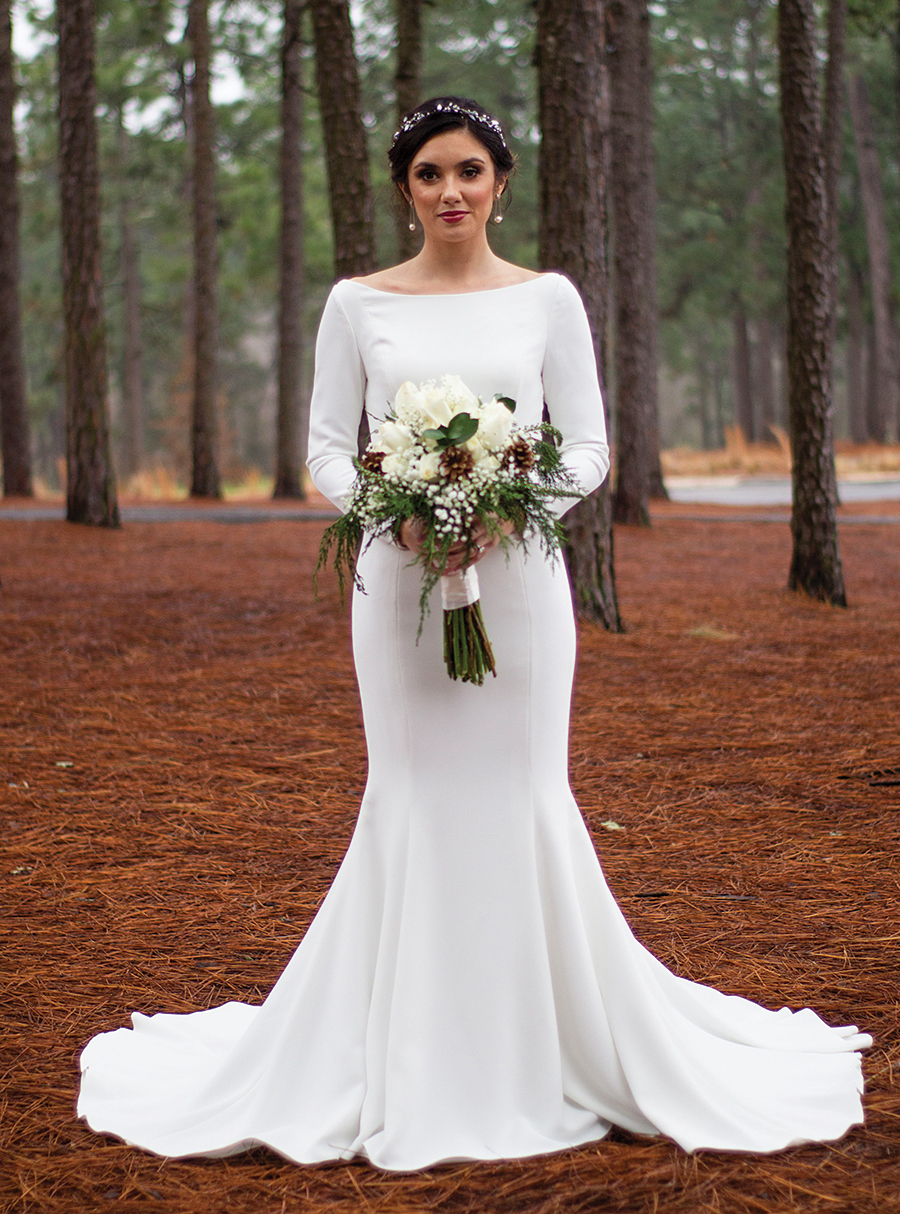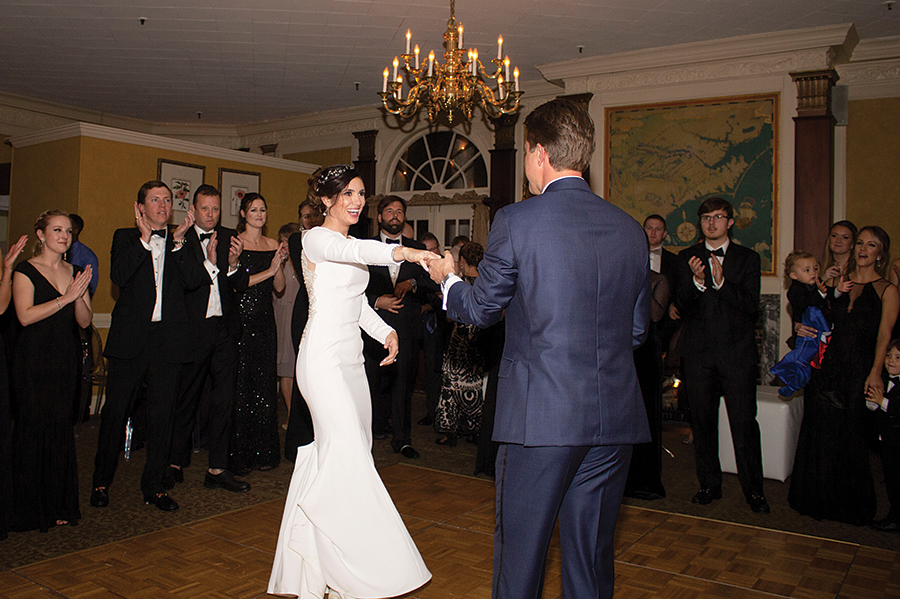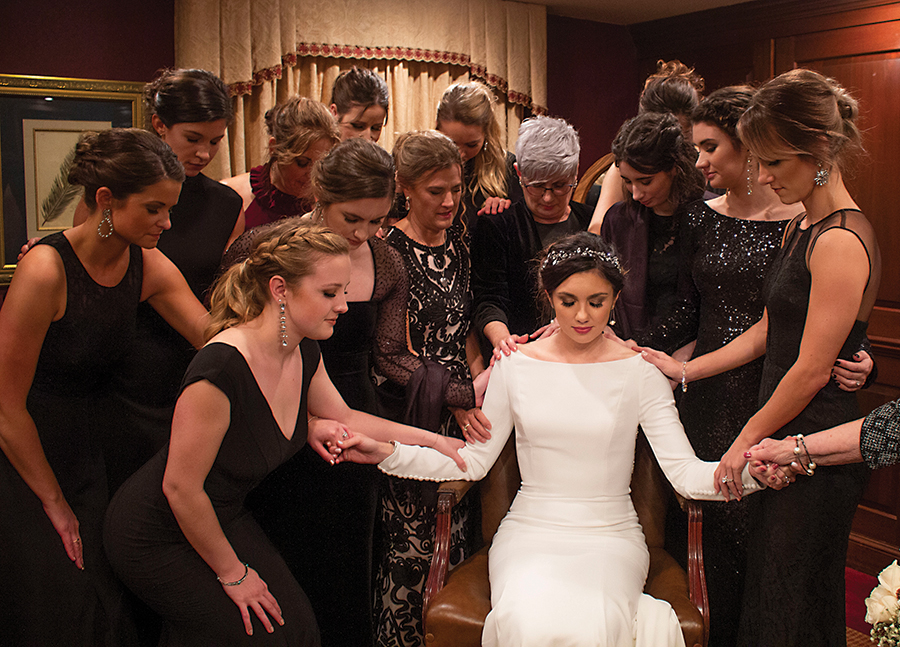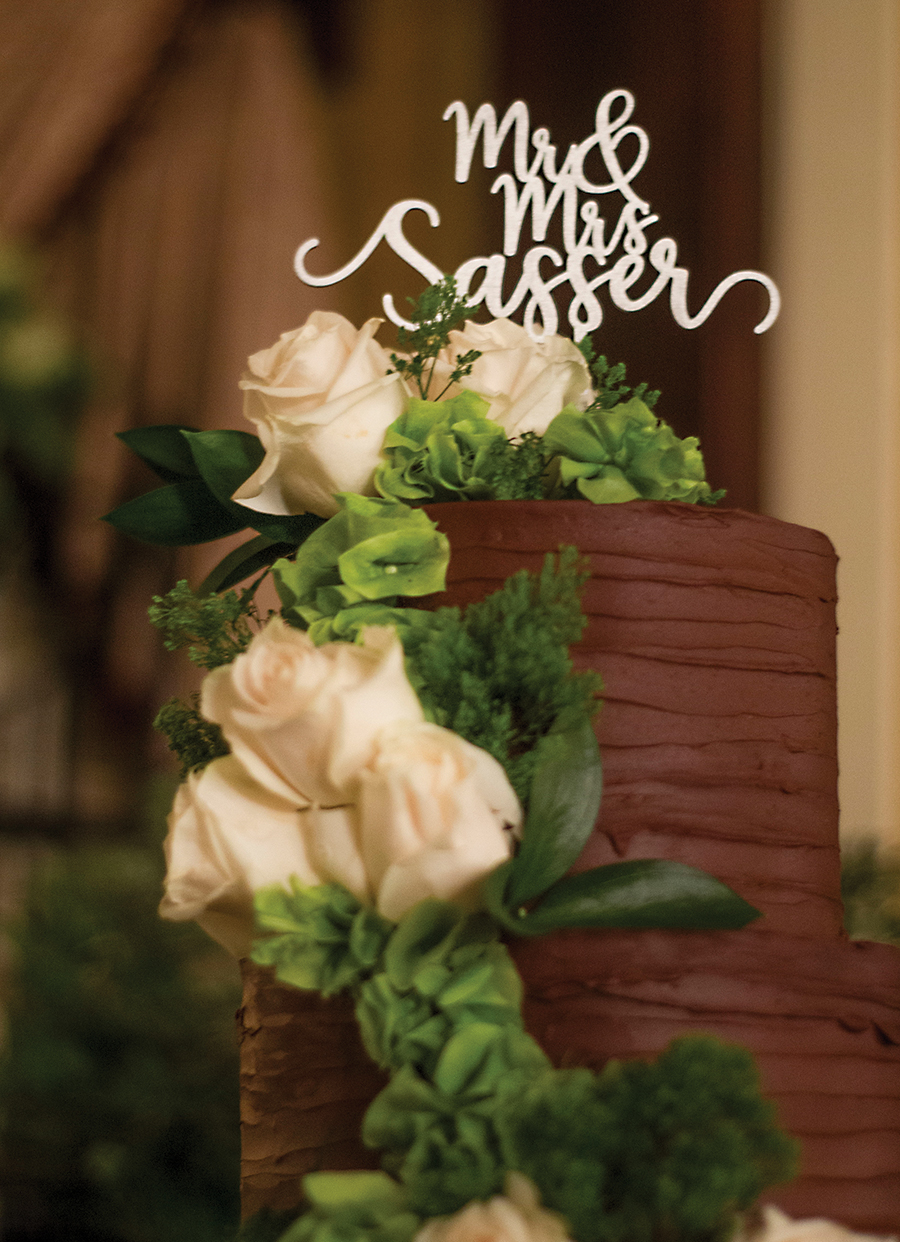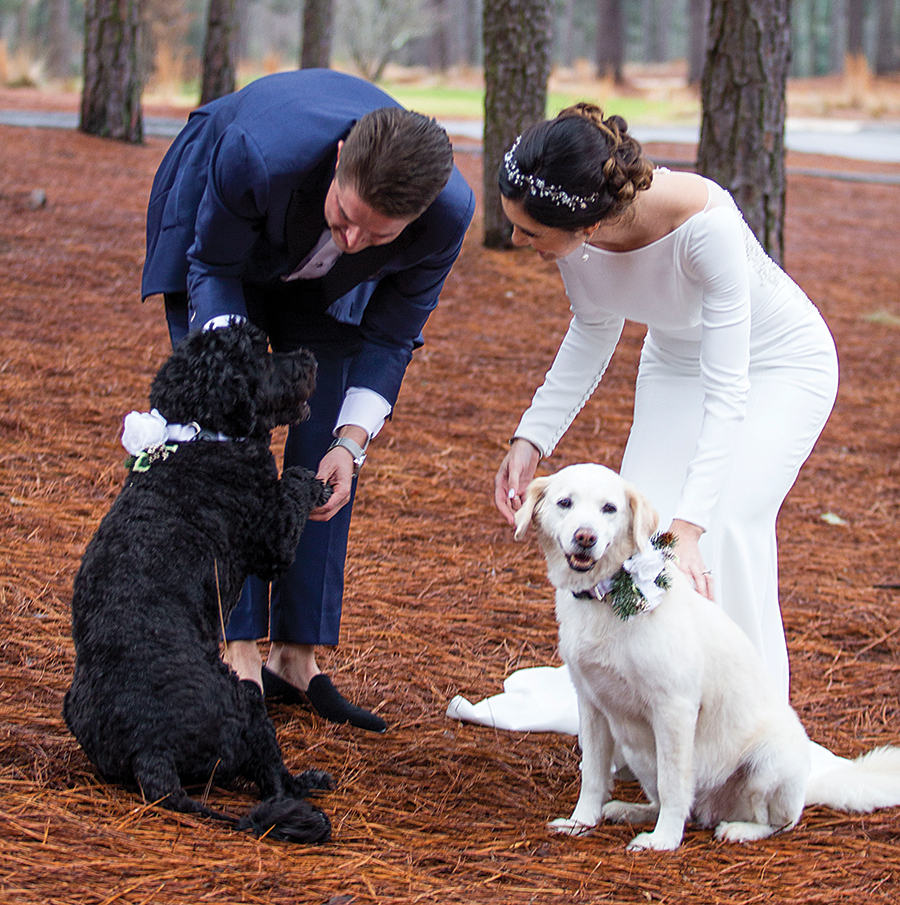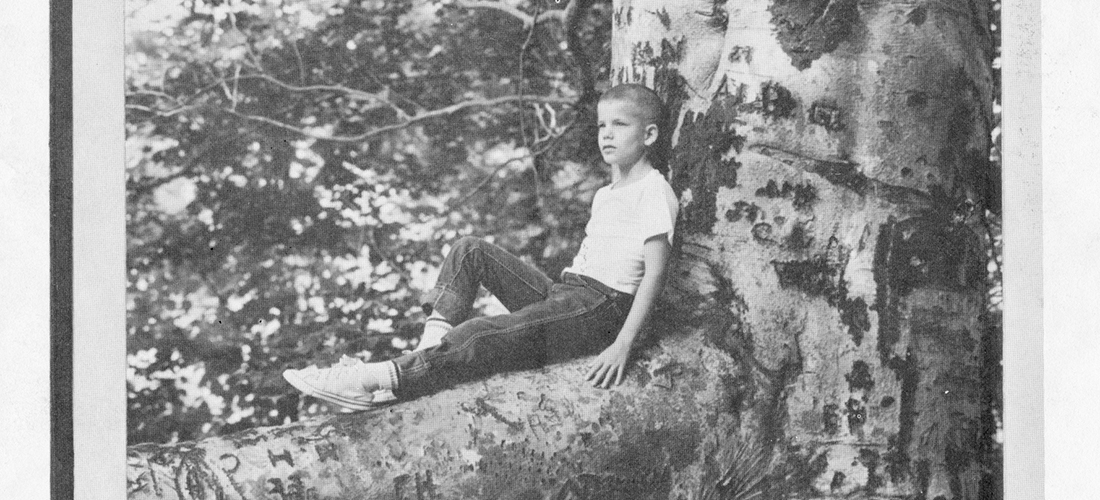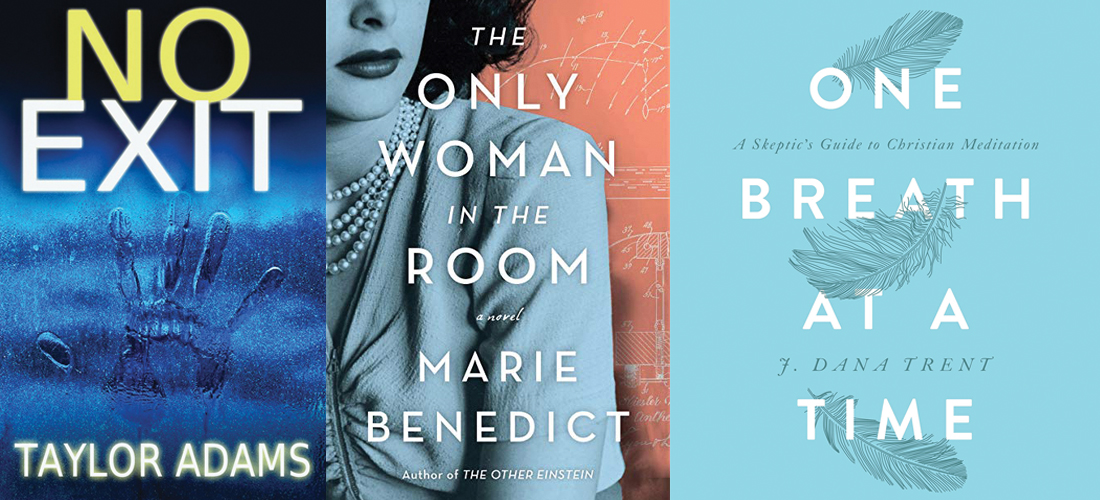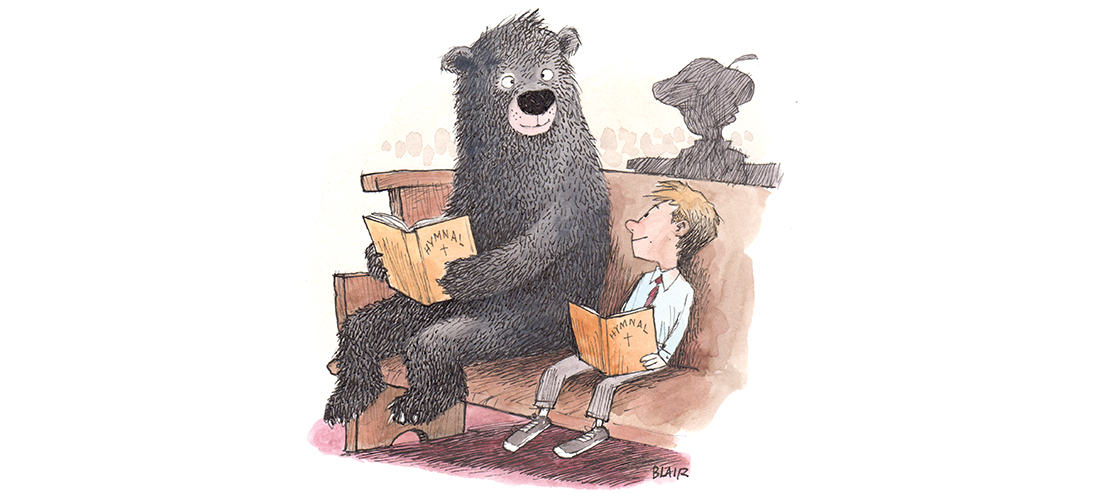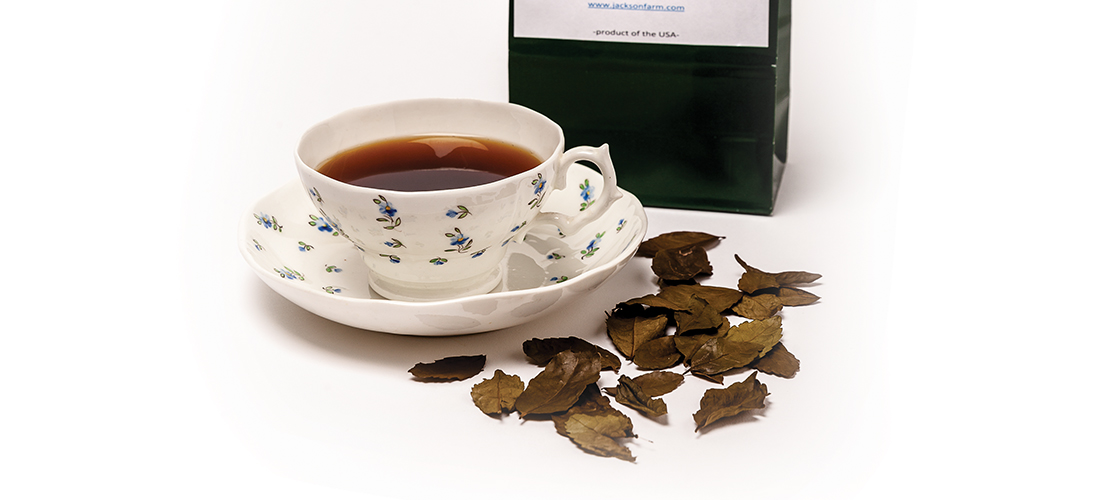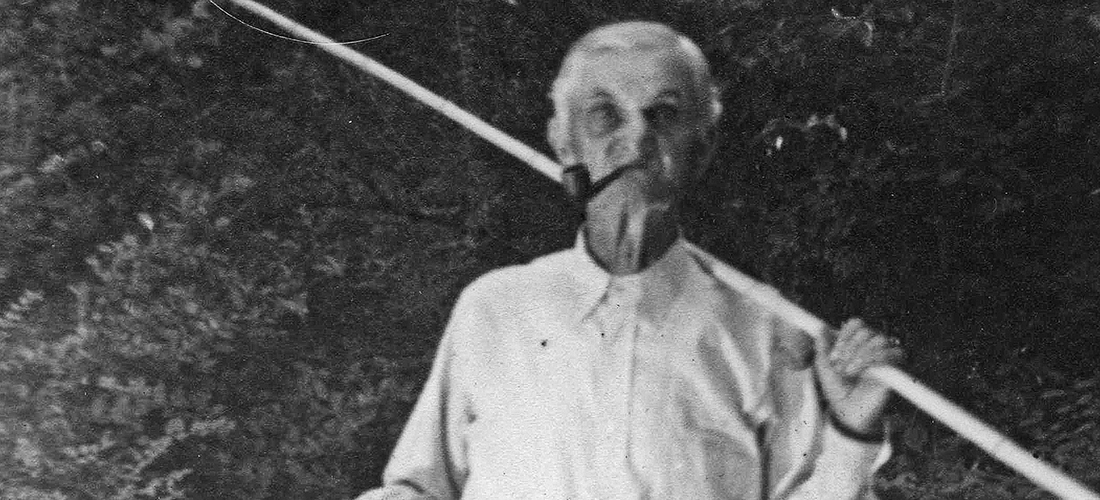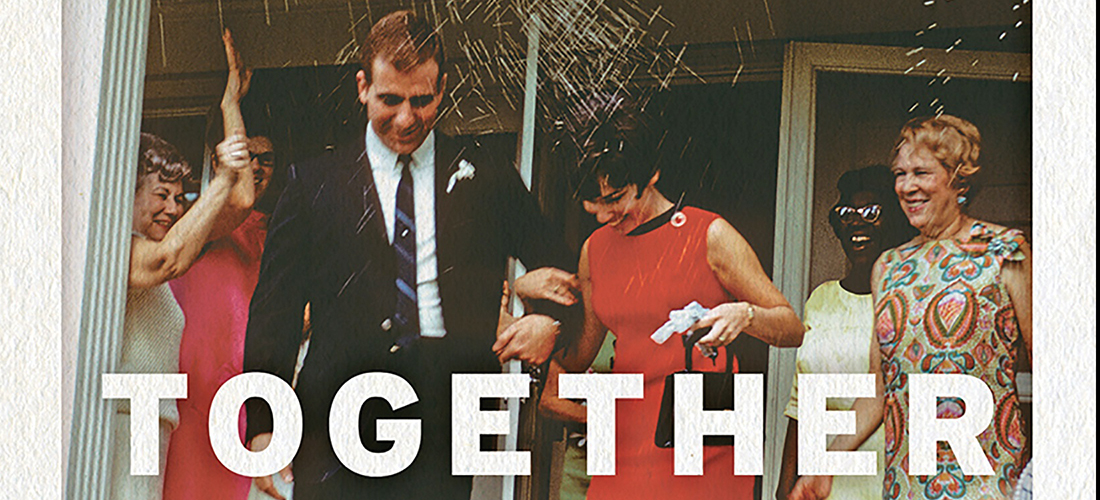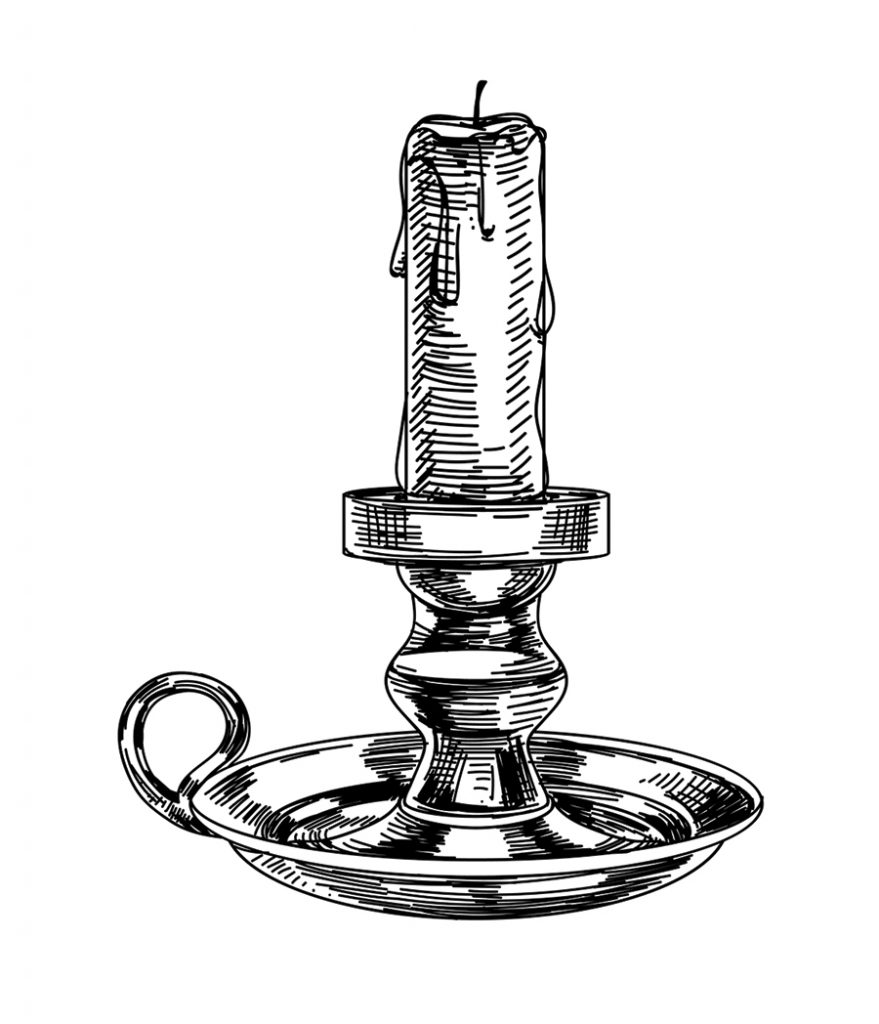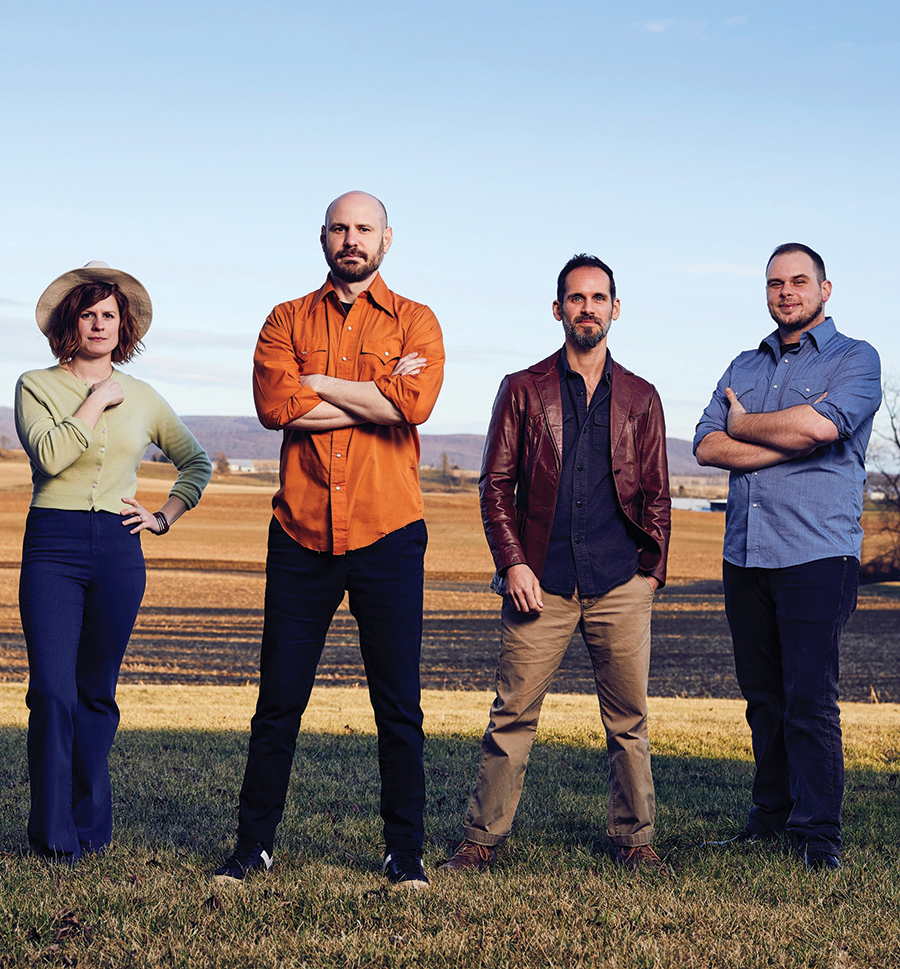The Ice Has It
More than just frozen water
By Tony Cross
Years ago, when I was thumbing through my first bartending book, I came to a short passage about ice. It was only a page long, quick and to the point. It explained how ice is an ingredient and a tool. I came straight up off the couch. Sounds a bit dramatic, but it’s true. I had never given any thought to ice. None at all. This was before craft cocktail bars were everywhere and I had never seen any kind of “special” ice. While this may sound overly dramatic, the fact is, ice is just as an important as your spirits and mixers.
Let’s talk about ice as an ingredient. We use it to chill cocktails by shaking and stirring but, at the same time, we’re using it for dilution. If you’d like to run a test, make two of the same cocktails. In the first one add all of the ingredients in any mixing vessel you have available and place it in the fridge to chill. Then, make the second cocktail by shaking or stirring. If you’re making a Manhattan, for example, you’ll stir the cocktail, and strain into a chilled cocktail coupe. Place both drinks side-by-side, and sample. You’ll immediately notice that the first cocktail tastes hot, or boozy. The second cocktail (if made with the appropriate specs) will taste balanced.
Just because your second cocktail in this experiment tasted balanced doesn’t necessarily mean that it’s good. What kind of ice did you use? Was it the crescent-shaped ice from your freezer? If so, that’s no good. (Unless you have no choice, and it’s either bad ice versus no cocktail, and you’re losing your mind.) Even if your freezer filters the water before it produces ice, that same finished ice will soak up any odor coming from the rest of the compartment, e.g., leftover spaghetti that you froze last spring. Any smells from your freezer will be absorbed in your ice. The solution: Use your freezer only for ice cubes and buy ice molds online. I recommend 1-inch or 2-inch squares, and if you want to splurge, a gas-eliminating sphere ice maker from Wintersmiths.
Here’s why these types of ice are a tool in your arsenal. The 1×1-inch (actually 1.25×1.25-inch) are the first molds I used. I didn’t have one of those Kold-Draft ice machines when I was bartending, so I always had to fill my trays (copious amounts, mind you) the night before my shift started. I used distilled water, and they would be ready the next morning. These cubes can be used to shake cocktails with, but are ideal for stirring. When stacked with orders, I’d stir my drinks as follows (for one cocktail): three 1×1 cubes, and a fourth that I cracked with the back of my bar spoon. I used a cracked cube to speed up dilution while the others chilled the drink to the proper temperature. If you’re shaking, 4 or 5 cubes will do the trick.
The 2×2-inch cubes are ideal for shaking cocktails. I used to add the smaller size when shaking (and still do if I don’t have the larger ones handy), until I read a passage from Dave Arnold’s Liquid Intelligence book. He explains he was never on the “large cube for shaking” bandwagon until he conducted a test and found that when shaking your cocktail, not only are you diluting and cooling the temperature, but you’re aerating it. This gives your drink its velvety texture — just like that thin layer of foam that sits atop a daiquiri for under a minute after it’s first poured. Using a big cube also eliminates the chances of having tiny ice chards break off while you’re shaking and having to double-strain the drink. If you’re using a big cube to shake your cocktails, make sure you shake hard for at least 10 seconds.
Now that you’ve stirred or shaken your cocktail, which type should you use if you’re straining it over a glass with ice? I’d opt for sphered ice, mainly because of the surface area to volume ratio it has in your glass. There is less surface area from a sphere than a large (or several small) cubes. Your drink will stay chilled without watering it down. Sure, if you use smaller cubes in that Negroni, it’ll taste great on that first sip. But the second half of your cocktail won’t taste the same. Bet that. Even using a large cube will dilute a drink quicker than using a sphere. Does this mean that you have to use spherical ice in order to have a proper drink? Of course not, but it’d be a lot cooler if you did. Worst pun ever.
A few final thoughts on ice. Clear ice looks very cool. And it is. (Second worst pun ever.) It’s clear because it doesn’t have gases trapped inside it. The gases come from impurities like minerals, bacteria and dust. When you freeze ice in molds, the cubes freeze inward, leaving the center to freeze last, trapping any impurities and gas. One way to get around this is by boiling your water, letting it cool, and freezing it, though it doesn’t completely solve the problem. Instead — and I learned this from Arnold as well — take a small cooler (4-6 gallon) that can fit into your freezer, fill it with water that you’ve already boiled and allowed to cool some. Place the cooler in the fridge with the top off. Give it 2 days to freeze, and when it’s ready, flip the cooler upside down on your countertop and let it sit until it’s wet and glistening. Using the appropriate tools (an ice pick and long bread knife) saw off the bottom layer — before you emptied the ice from the cooler, this was the top layer — with the impurities. Why go through the trouble? Because cloudy ice will melt at a much faster rate than clear ice.
Lastly, what to do when ordering a nice Scotch or bourbon on its own? There are some of you that may disagree, but I add water to whichever spirit I’m enjoying. I used to order my whisk(e)y with one small cube of ice and I was told, “You’re ruining it!” No, I’m not. Adding even a few tiny drops of water is enough to open up the complexities that may be hidden to our palate. You can do this on the fly by asking for a small side of water, sticking a finger into the glass and flicking it over your neat spirit. Next month I’ll tackle proper ways to shake and stir a cocktail. James Bond be damned. PS
Tony Cross is a bartender who runs cocktail catering company Reverie Cocktails in Southern Pines.




